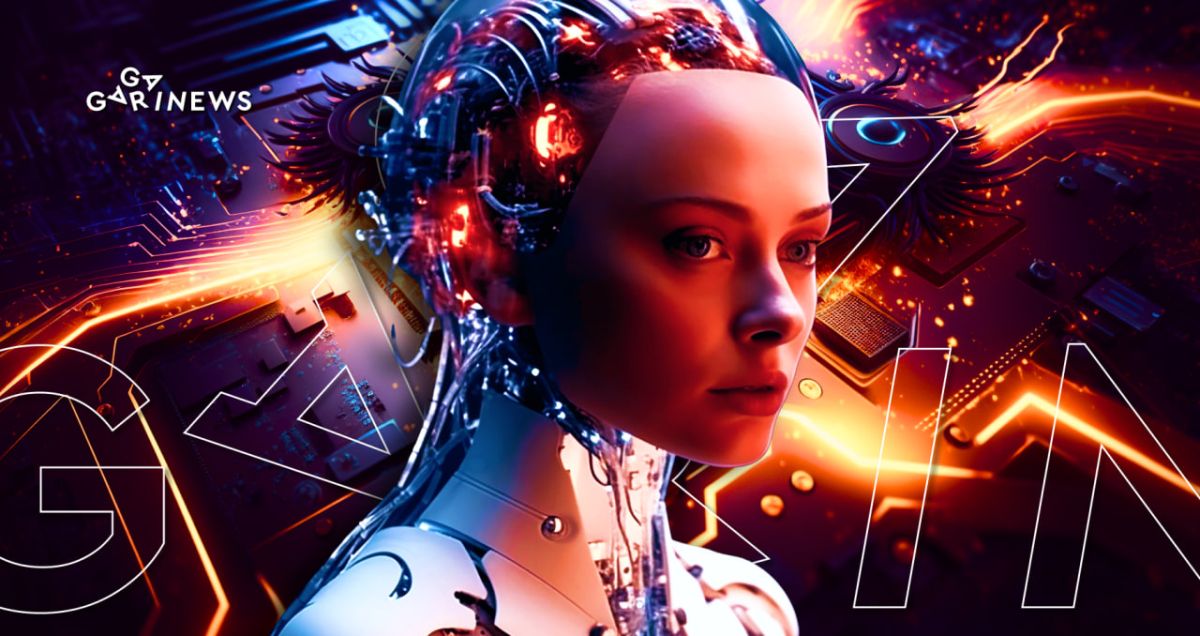Web4: What is NeuroWeb?

Web4 is the latest progression in the internet’s evolution, often referred to as the symbiotic network, smart internet, NeuroWeb, or NeuroNet. What sets it apart from Web3, and when can we expect it to integrate into our daily lives?
On this page
The term “revolutionary technology” is frequently bandied about. However, the internet's evolution isn't about abrupt shifts that turn the world upside down. Technological advances unfold over time, enabling people to adapt to changes without feeling overwhelmed.
The slow shift from the read-only internet (Web1) to the socially interactive internet (Web2) exemplifies this trend. Likewise, with the rise of blockchain, we have seen the seamless entry of the ownership-focused internet (Web3).
People who haven't delved into DeFi still comfortably operate within the realm of Web2. Meanwhile, some are already tapping into Web4's features without giving much thought to its terminology. Take, for example, Siri, the voice assistant, which represents an early iteration of this phase.
While many online users view the web as a platform to showcase selfies with luxury cars like Lamborghini or to interact with friends on social media, regulators are already crafting Web4 and virtual worlds strategies. Having missed the initial wave of Web3, they are determined not to make the same mistake twice.
What is Web4, and which technologies underpin it?
At its core, Web4 aims to establish a machine-readable network. The precise roadmap for this monumental project remains somewhat ambiguous, with various shifts anticipated along the way. However, it's clear that semantic technologies will be pivotal to NeuroWeb, offering a means to represent the vast knowledge and data accumulated by humanity in a way that's accessible and understandable to both individuals and machines.
Furthermore, Web4 will incorporate components that we are already familiar with from previous web iterations.
Web4 and Artificial Intelligence (AI)
At the core of Web4 is a technology envisioned to introduce a global equivalent of Chat GPT, dedicated to crafting comprehensive language models and efficiently handling incoming data. Beyond this, Web4's AI component will steer the training of devices, ensuring that online tasks become both user-friendly and tailored to individual needs.
Today's experts, however, sound a note of caution. Bringing this vision to life might be a longer journey than anticipated, primarily because it doesn't guarantee an unambiguously positive outcome. The crux of the matter is the system's present state: it struggles to discern authentic information from machine-generated content. This has inadvertently led AI to go haywire, as it ends up learning from its own generated content. Solutions to this quandary seem elusive to developers at the moment.
Web4 and Blockchain
The role of blockchain within Web4 is clear-cut: to foster a secure medium for data interchange. Owing to its transparent and decentralized attributes, blockchain stands out as the go-to platform for data conveyance in the NeuroWeb.
Yet, there's an elephant in the room. Given the nascent stage of AI, the immutable nature of data on the blockchain presents a dilemma. Any content—be it text, music, imagery, or databases—once penned by AI onto the blockchain, becomes indelible. How do we address content that's detrimental, illicit, or misleading?
While Web4 has the potential to supercharge the blockchain's scalability, it simultaneously runs the risk of allowing harmful data to permeate the symbiotic network at alarming rates, akin to the contagion of the COVID-19 virus. The ramifications of this could very well jeopardize global security.
Web4 and IoT
The capability for devices to seamlessly share information is undeniably vital for collecting data through neural networks. For instance, scanners nestled deep within our oceans can have their data swiftly processed by artificial intelligence and transmitted to a decentralized neural network in a blink. Equally rapidly, AI can suggest responses in situations that urgently need human attention. In this framework, correctly identifying IoT devices is essential to verify the data's credibility.
Web4 and the Metaverse
Regulatory bodies see metaverses as the main catalyst for the evolution of Web4. They estimate that by 2030, the worldwide market for these virtual worlds will approach a staggering €800 billion. Such growth suggests a future where the boundaries between our physical existence and our virtual one become increasingly intertwined.
As the virtual realm offers richer possibilities for interaction, the need for a harmonious coexistence between humans and machines intensifies. Ensuring one's virtual avatars thrive outside a symbiotic network is set to become more challenging.
There's also growing chatter about the prospect of a brain-computer interface. This facet of Web4 might sound like science fiction now, but is it possible? Could we directly tap into networked information streams without relying on external devices?
Some pioneers have already embraced technology by implanting chips under their skin, enabling them to make cardless, phoneless payments, or even start their cars keylessly. Yet, the pressing question is: Can we safely integrate a potent chip into the brain without adverse effects? And where do we draw the ethical line? It appears we're on the brink of finding out. According to some experts, Web4 could reach its optimal performance in just 12–15 years.
The content on The Coinomist is for informational purposes only and should not be interpreted as financial advice. While we strive to provide accurate and up-to-date information, we do not guarantee the accuracy, completeness, or reliability of any content. Neither we accept liability for any errors or omissions in the information provided or for any financial losses incurred as a result of relying on this information. Actions based on this content are at your own risk. Always do your own research and consult a professional. See our Terms, Privacy Policy, and Disclaimers for more details.

























